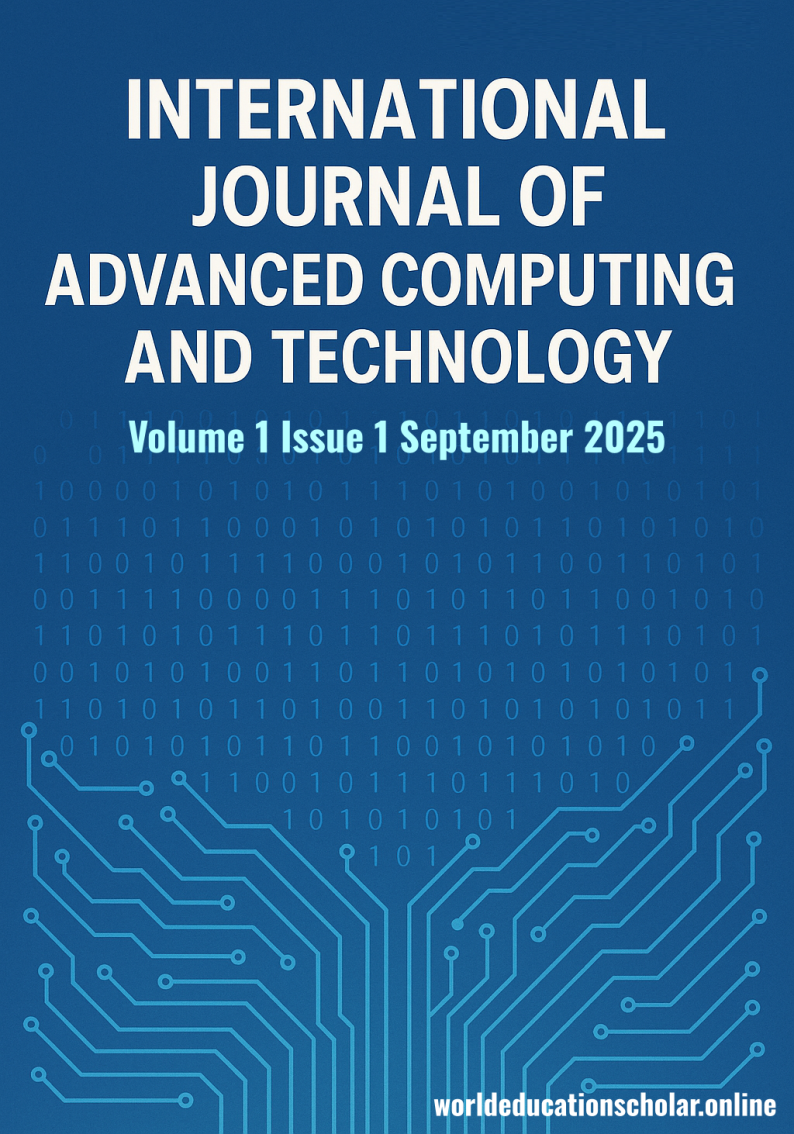Agent-Based Modeling Applications in Agricultural Ecosystems: A concise Review
Main Article Content
Abstract
Agent-based modeling (ABM) is a versatile and important tool for exploring the complexity of agricultural ecosystems. By representing heterogeneous agents such as pests, pollinators, plants, and farmers and their localized interactions, ABMs provide insights into emergent patterns that shape crop productivity and ecosystem services. This concise review highlights major applications of ABMs in agricultural ecosystems, including pest and disease spread, pollination dynamics, vegetation succession, nutrient cycling, and farmer decision-making. Together, these cases demonstrate how ABMs can link micro-level behaviors with system-level outcomes, offering both theoretical understanding and practical management guidance for agroecosystems.
Article Details
Section
Articles
